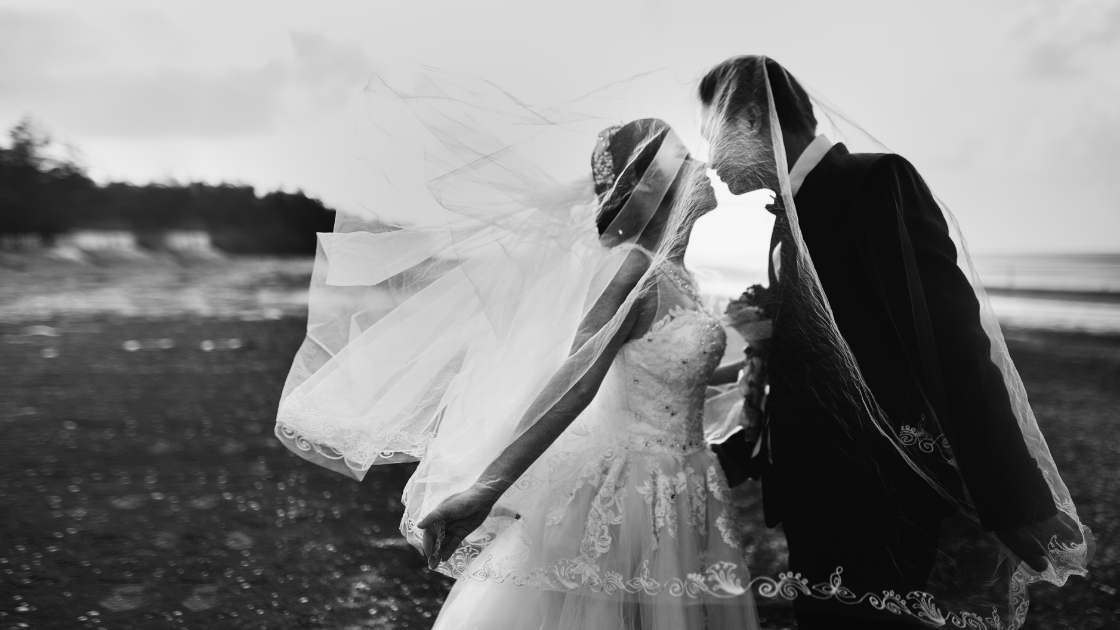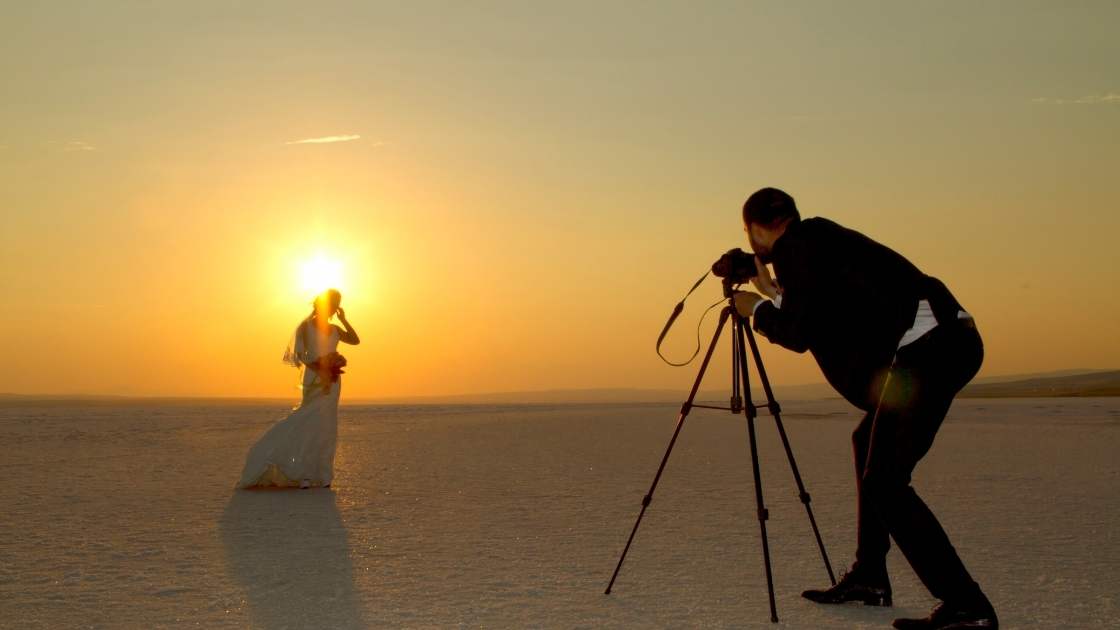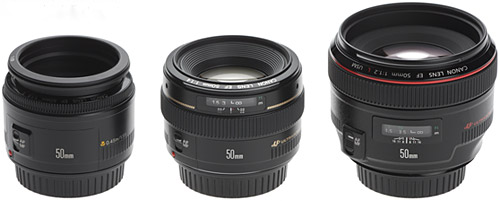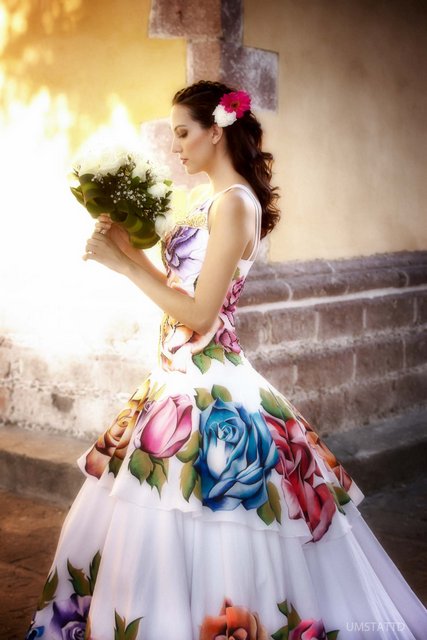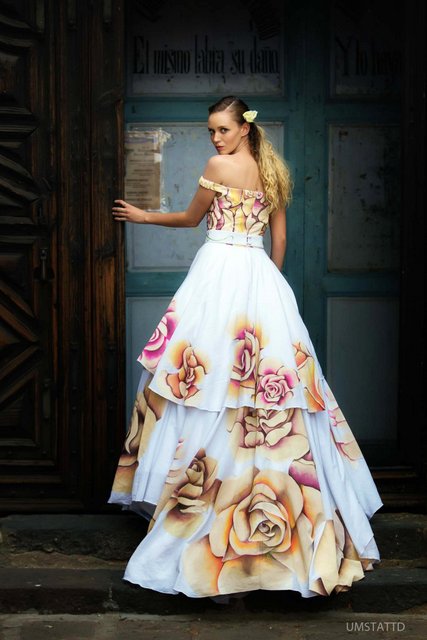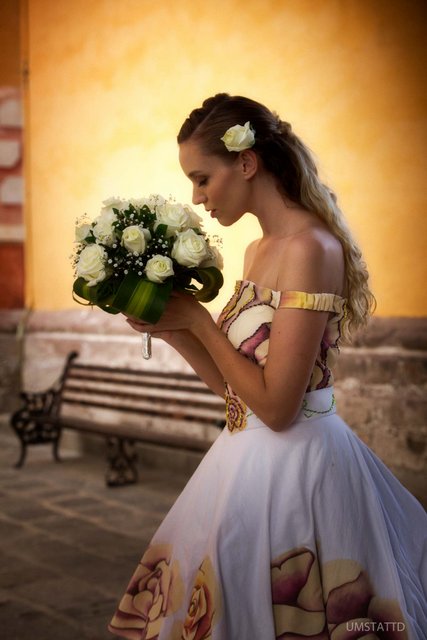Low Light Wedding Photography Tips
Easy Low Light Solutions
By Scott Umstattd
Low Light Wedding Photography Tips - Have you just been hired to shoot your first wedding? Have you been told that you cannot use your flash during the ceremony? Are you freaking out because the wedding is inside and the lighting is terrible?
Quite often wedding photographers are asked not to use a flash during the actual wedding ceremony.
Imagine a flash popping every five or ten seconds as guests and the bride and groom are trying to enjoy this special moment.
The flash can be a complete distraction. But without it things can get dark in a hurry.
I've put together a check-list that every wedding photographer should consider when taking pictures during the wedding ceremony.
If you are inclined, I have another article with more wedding photography tips and another article on low light photography and one more with ideas for engagement photos.
Use Wide Aperture Lenses
Prime lenses offer the widest apertures, the greatest depth-of-field and the best bokeh. While an f/2.8 lens is great, being able to reduce the f/stop to f/1.8 or even f/1.4 will give you a much better chance in poorly lit situations. The downside of the prime lens is that you have to move more often. Your legs are the zoom if you are using a prime lens.
Wedding photography is fast paced and if I could only carry one lens it would be a zoom lens. But I love being able to pull out my Canon 50m f/1.8ii lens when I'm stuck in a low light situation.
On my wedding zoom lens wish list are the Canon 17-55m f/2.8 IS USM the Canon 70-200mm f/2.8L IS USM, and the Canon 10-20 f/3.5 USM lenses.
Great prime lenses for wedding photography include the Canon 200mm f/2.8L USM, the Canon 85mm f/1.2L USM and the Canon 50mm f/1.2L USM.
Find The Best Light
This low light wedding photography tip may seem obvious, but this is why someone is paying you the big bucks to take pictures at their wedding.
Find places where there is great light and do everything you can to move your subjects into that light.
A great lens can help out in a lot of ways, but even with a great lens you have to always be looking for attractive lighting.
Some obvious choices for better (if not great) light is a foot or two away from a window.
The bigger the window the better when looking for indoor light. But I challenge any wedding photographer to move the wedding ceremony next to a window just so you can get better pictures. If you can do this you are now my hero.
You can underexpose or overexpose the background to make your subjects stand out. Personally, in wedding photography I'm OK with blown out (overexposed) areas if that means that my subject's face is properly exposed. I try to avoid it but I don't consider a shot ruined simply because some of it is overexposed.
Shooting In Low Light | Use A Tripod
Here's another low light wedding photography tip. Sometimes the only way to get in more light is to use a tripod. Unless you're a pretty steady fellow, any shutter speed slower than 1/40th may give you a blurry picture. Lenses with image stabilization are very helpful but they are not miracle lenses. Tripods can be a pain (just because you have to carry them around) but when you need stability for a full second exposure you get it with a tripod.
Once you have mounted the camera on the tripod you might as well take advantage. This would be a good time to get some shots with movement. Maybe the bride walking by as her dress flows past your slow shutter speed.
During the ceremony you can take advantage of the fact that there is a lot of standing still going on. This is a good time to use a 2 or 3 second exposure and possibly avoid any blur from people's movements.
Know Your Camera's ISO Performance
One of the first things you will do to get more light onto your camera's sensor is to increase the ISO. Before you just crank it up to ISO 12,000 you need to know how well and how poorly your camera performs.
The picture to the right was taken with a Canon 6D at ISO 250. To understand how well your camera's ISO performs means you must practice. Take test shots. Delete them. And then take some more test shots.
Check out the details. Zoom in tight and pixel peek. At some point you are not going to accept the deterioration of the image as the ISO increases and then you will know not to shoot higher than that ISO when taking pictures of people getting married.
In general, the more expensive DSLRs have the best ISO performance. But technology is crazy fast and mid-level or amateur cameras can bring is very nice images at higher and higher ISOs. For wedding photographers who cannot use a flash during the ceremony this one feature (great ISO performance) maybe more important than lens choice. But you should never forget how important your lens choice is.
The Canon 6D is a great full frame camera. I have lots of thoughts about this camera and its low light (and low cost) supremacy.
Fighting Low Light | Shoot Raw
Take advantage of your camera's raw file capabilities. Any underexposed or overexposed shot can be saved if you shoot in raw. This is no time to make a mistake but if you do, you will be glad you have the file in raw format when you go to edit.
If your camera doesn't shoot raw or you simply don't want to shoot in raw because it makes things more complicated, you'll be fine with JPEG images. But just know that a raw file is going to give you more latitude in editing if you plan on doing any post-processing to your images. Your camera should come with software that allows you to do basic edits for raw files.
I highly recommend using Lightroom.
Low Light Photos | Edit Lightly
Now is not the time to use your HDR edits or to overdo sharpening. Edit lightly and in a manner that does not distract from the subject of your photography.
Don't overdo it with all of the background blurs and vignetting.
Every photo editor is different and I have no idea how you edit your pictures but here's one editing tip; keep it light. Be careful that you don't over contrast during editing. A softer look is often the better look.
So those are a few of my low light wedding photography tips.
